In many ways, succulents are a law unto themselves. I often think they are more challenging for experienced gardeners than for complete beginners. No other type of plant tolerates such crowded roots or happily lends its living cuttings to projects like these. One issue that really confuses beginners and experienced gardeners alike is succulent dormancy: Do succulents go dormant? Should you water dormant succulents? Give them light? Which are dormant in summer? Which are winter succulents? Understanding succulent dormancy is a crucial part of succulent care, and should be the first step for diagnosing problems. Look for my succulent dormancy table at the end for easy reference. Ready?
Succulent Dormancy Table & Discussion
In this Post We'll Cover:
{Please note, some links in this post may be affiliate links to sites that pay me a small commission if you click on the link and make a purchase. This commission is at absolutely no cost to you. I only recommend products and companies that I have worked with and truly love! ~Kat}
What is Plant Dormancy

Many plants have a dormancy period when nearly all activity like growth, development, reproduction and water-processing come to a stop. It is a time of minimal metabolic activity, similar to hibernation in bears. And like hibernation, it serves the purpose of enabling the plant to safely ride out challenging seasonal environmental changes. During dormancy, the plant conserves its energies, while protecting itself from damage due to harsh weather. The tree above survives a cold winter by shedding all of its tender leaves, leaving strong wood and bark to brave the bitter cold.
When plants other than succulents go dormant — you know it. Whether it is a huge tree, a flowering shrub, vegetables, flower bulbs, fruit trees or perennials, plant dormancy is usually dramatic. All the leaves brown and drop away. All obvious signs of growth and life are gone. It looks as though the plant is dead. Garden designers go to great lengths to provide plenty of plants that never go dormant, or that are active during other plants’ dormancy, to keep the garden from looking barren during winter.
Not so with succulents. Most succulents do not drop their leaves, some don’t even appear much different while they are dormant. While this makes them lovely to look at, even while dormant, it can also lead to much confusion. Early on, a gardener learns not to worry that their peony looks completely dead in December. But what about a succulent that just seems… meh in the summer? Many times we launch into extra care, trying fertilizers, re-potting, a change of lighting — anything to coax our beloved succulent back to perky health. In the case of a dormant succulent, it is best to leave them alone.
When Do Succulents Go Dormant?
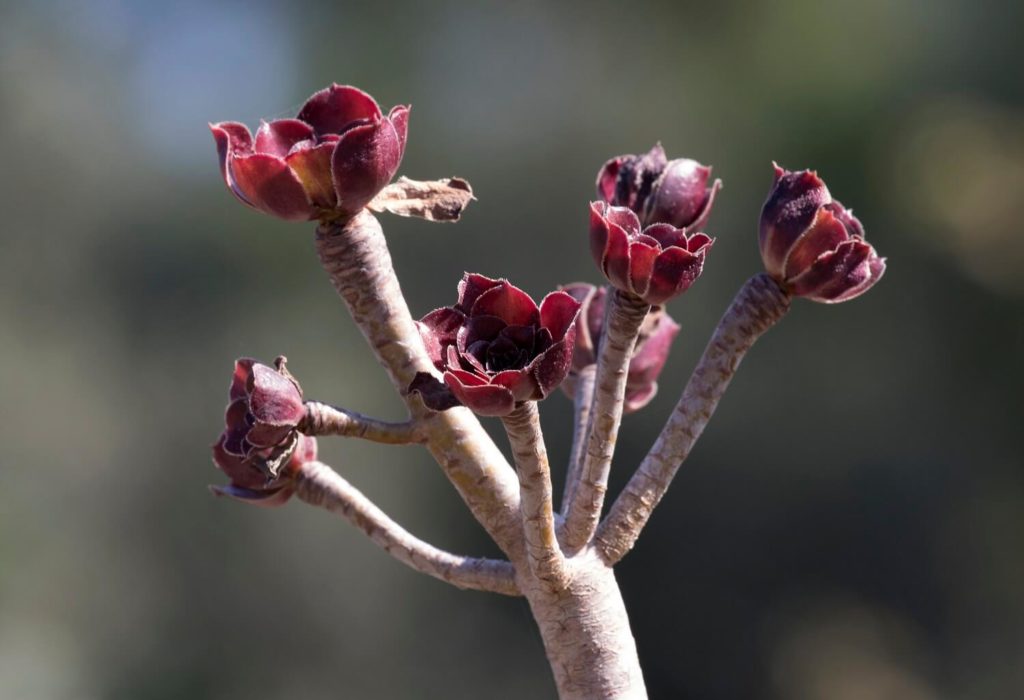
Not all succulents go dormant. And those that do, may go dormant in winter, or in summer, depending upon the climate they are native to. This Aeonium arboreum is an extreme example of a dormant succulent. Its once lush, full rosettes have dropped some of their leaves and contracted. This is the plant’s natural, protective response to harsh weather conditions in its native climate. Many succulents go dormant without dropping their leaves or showing such obvious signs of a change.
In the case of aeonium, they go dormant to escape the summer’s heat and flourish in the mild winter. There are a number of succulents that go dormant in the summer, like aeonium. These summer dormant succulents have evolved to withstand fiercely hot summers by drastically cutting down on their need for water and nutrients by dropping their metabolism nearly to zero. Come the cooler weather of fall, they wake up and resume active growth and development again. This is when they need more food and water. Summer dormant succulents are actively growing in the winter.
Other succulents go dormant in winter, to ride out frigid temps. Whether a succulent goes dormant in summer or winter is linked to the climate it is native to. Where summers are very hot and winters are mild, native succulents generally go dormant in summer and grow in the winter. In much colder climates, cold-hardy succulents often are winter dormant plants, actively growing in summer. You will find a detailed succulent dormancy table below, listing summer dormant succulents, and winter dormant varieties. But first, it is important to be clear that sometimes, succulents just don’t go dormant.
Do Succulents Always Go Dormant?
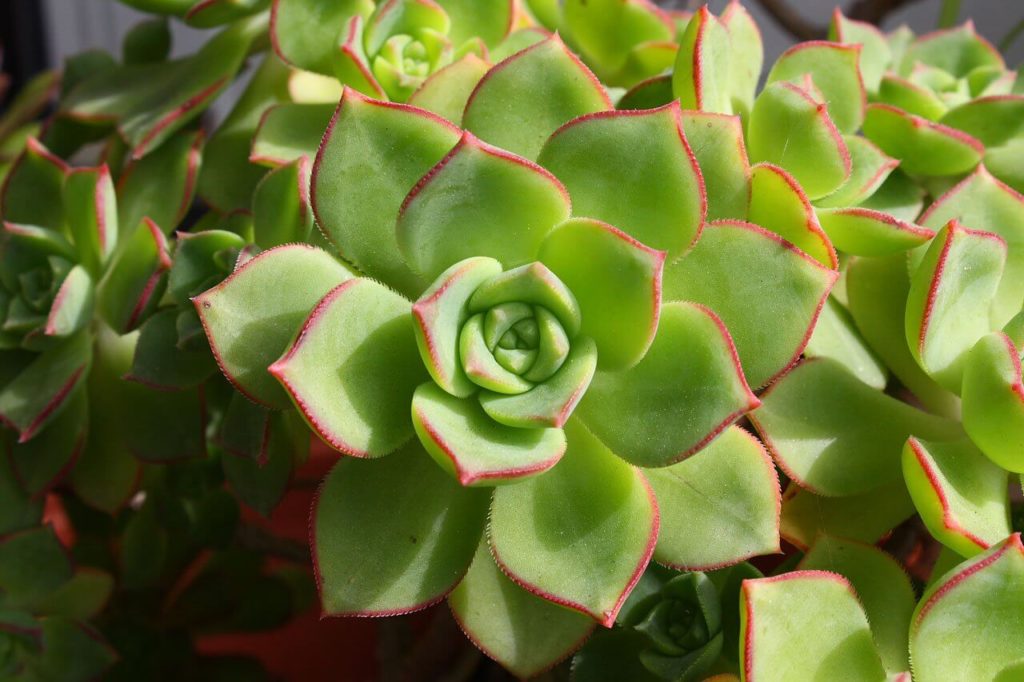
Where succulent dormancy really gets confusing is this: Not all summer dormant succulents go dormant if the summer isn’t that hot. For that matter, winter dormant succulents may not go dormant if the weather remains mild or they are brought indoors. Most succulents will continue their active growth so long as the prevailing conditions are favorable. Most succulents have an “opportunistic dormancy”, that is the ability to go dormant when it is advantageous to do so. This enables succulents to be more responsive to the variables in their environment. A brutal summer sees the plants go dormant, while a temperate summer allows them to continue to actively grow and develop.
Opportunistic dormancy may lead plants to behave differently in the same garden in the same weather, due to different conditions. I love Aeonium Kiwi, and I have it growing all over my garden — in full sun, some in partial sun, and some in quite a bit of shade. Every summer, the Kiwi in full sun always goes dormant. It does not shed its leaves, but they do contract a bit, and the plant stops growing. The plants growing in shade do not go dormant, they continue active growth right through summer. The partial sun plants will go dormant when we have a real heat spike, or during very hot summers, but continue to grow when summers are mild.
While you can affect whether your succulents go dormant by shielding them from severe seasonal changes, it must be done over a period of time. Simply moving a potted plant into more shade during a heat wave may not keep it from going dormant. Growing summer dormant succulents in the shade, or bringing winter dormant succulents indoors may prevent them from going dormant. However, it will also prevent them from developing brilliant colors due to stress, so bear that trade-off in mind. Some people wonder if they should make their succulents go dormant. Since this is an opportunistic survival mechanism, let your plant decide. There are a few succulents, Dudleya and Adenium come to mind, with an “obligate dormancy”. This means they will go dormant in the proper season regardless of how mild the weather might be.
Dormant Succulent Watering and Care
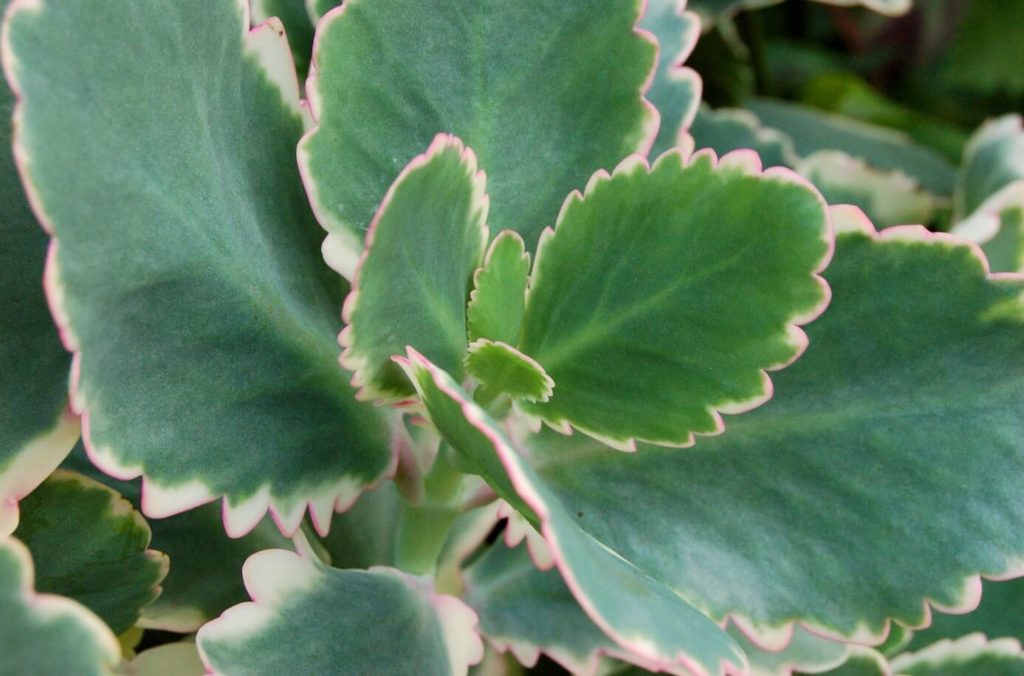
Succulent dormancy is a response to naturally occurring changes in the weather. It enables the plant to power down its metabolic activity during severe weather conditions. Dormancy is not a sign your succulent is suffering or in need of care. By slipping into dormancy, your succulent is providing for its needs. So how should you care for a dormant succulent? What does it need in terms of light, water, food during its dormancy? As always, the better you can mimic the natural conditions it has evolved in, the happier your plant will be.
There is no need to put your dormant succulent into a dark place while it is dormant. As rooted plants, they have no way to do this for themselves in nature, so there is no need to do this for them. If your dormant succulent is subject to sunburn, you might want to ensure it has some shade during the summer. Or if the plant is not cold hardy, you should protect it in the winter. But this is no different than for succulents that are actively growing.
Processing water takes a lot of energy, and a dormant succulent slows this process tremendously. If you are taking care to observe your plants, and to water only when their soil is dry, you will see that you are watering far less often when the succulent is dormant. When you see that your succulent is dormant, cut back the watering further, and water only when the lowest leaves show some signs of wrinkling, indicating the plant needs more moisture. It is far easier on your plant to draw on the water stored in its leaves when needed than to try to process waterlogged soil. Similarly, processing and utilizing plant food takes a lot of energy. Don’t fertilize your succulents while they are dormant. Instead, wait until you need fresh, active growth.
Succulent Dormancy Table
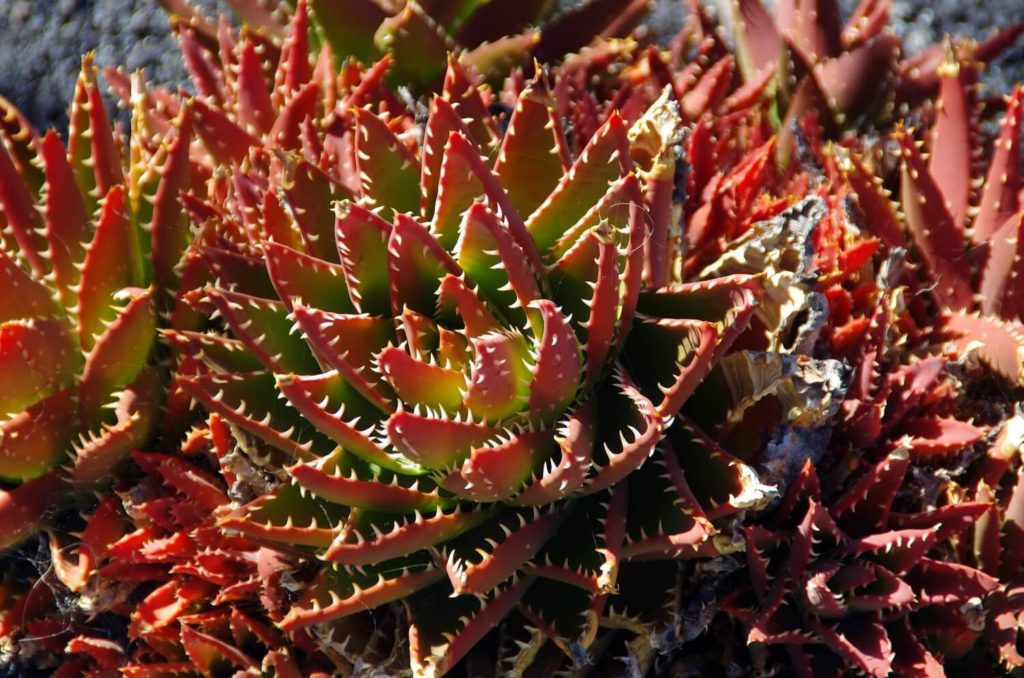
Now that you understand succulent dormancy, what happens and why, let’s take a look at which varieties are summer dormant succulents, and which go dormant in winter. Remember, your succulents may not choose to go dormant at all, depending upon their growing conditions. This succulent dormancy table should be used only as a supplemental guide to care. There is no substitute for closely observing your own plants.
Succulent Dormancy Table
| Summer Dormant / Winter Growing | Winter Dormant / Summer Growing |
|---|---|
| Adromischus | Adenium |
| Aeonium | Agave |
| Aloe | Aichryson |
| Anacampseros | Alluaudia |
| Astroloba | Calibanus |
| Avonia | Ceropegia |
| Ceraria | Cissus |
| Conophytum | Echeveria |
| Cotyledon | Euphorbia |
| Crassula | Huernia |
| Dudleya | Manfreda |
| Fenestraria | Monadenium |
| Gasteria | Orostachys |
| Gibbaeum | Pachypodium |
| Graptopetalum | Pseudolithos |
| Graptoveria | Rhipsalis |
| Haworthia | Sempervivum |
| Kalanchoe | Titanopsis |
| Lithops | Stapelianthus |
| Othonna | Trichocaulon |
| Pachyphytum | Trichodiadema |
| Pachyveria | Yucca |
| Peperomia | Xerosicyos |
| Portulacaria | |
| Rosularia | |
| Sansevieria | |
| Sarcocaulon | |
| Sedeveria | |
| Sedum | |
| Senecio | |
| Stomatium | |
| Sulcorebutia | |
| Tylecodon |
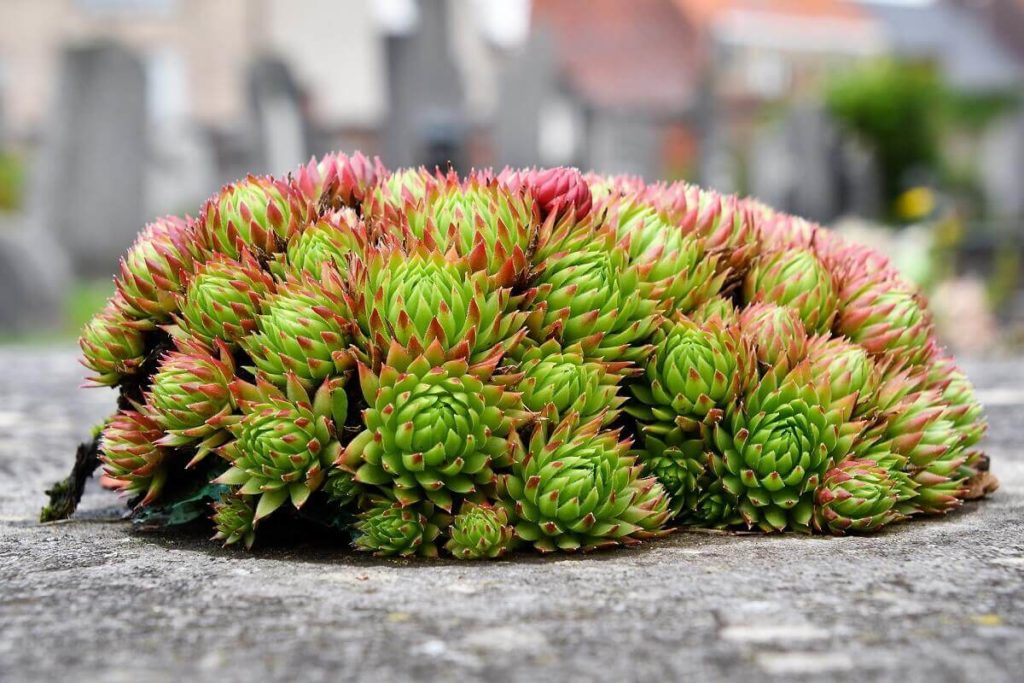
Understanding succulent dormancy is a critical part of providing great succulent care. If you are concerned about the health of one of your succulents, check the calendar and this succulent dormancy table. If you find the plant is often dormant at this time of year, don’t make any dramatic care changes. Wait for it to resume active growth before you cut it back, or change its care. You may well discover that it was not suffering, but simply dormant.
Has this post has demystified succulent dormancy for you? Please take a moment to leave a comment and let me know. As always, please feel free to ask me any questions!

P.S. For more succulent information, please subscribe and receive my FREE course, 7 Steps to Succulent Success! Thanks!
P.P.S. Why not join my Facebook Group for succulent lovers? We talk about succulent care, propagation, succulent identification, and design. It’s a warm and welcoming group that would love to meet you!

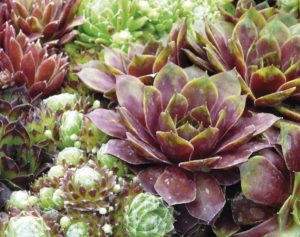
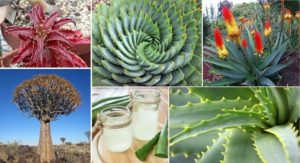
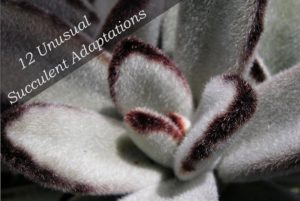
Kat, I want to tell you how much I appreciate the time that you put into these topics. I learn SO much from them and the photography is fabulous. I’m keeping all of these articles in a file for future reference. Keep them coming!
Kathy Scott
Escondido
Thanks SO much, Kathleen!
I’m so glad you are finding the information valuable!
~Kat
Hello Kat
I’ve been waiting for a post on this. BUT, I still have a question. Remember I sell on Etsy, and often Aeonium cuttings. My question: will the cuttings shoot out roots while dormant?? We here in so cal had such a wait for summer! Ugh!!
Thanks! Always love and learn from your posts!
Laura Tonsil one
SuccsFromMe
Hi Laura,
SO good to hear from you! Unfortunately, when succulents go dormant, they are sleeping hard. They typically will not form roots until they wake up again. However, if you bring your Aeonium indoors or into the shade a good month before the heat of summer sets in, they may well remain awake all summer long! That’s what I would try.
Thanks!
~Kat